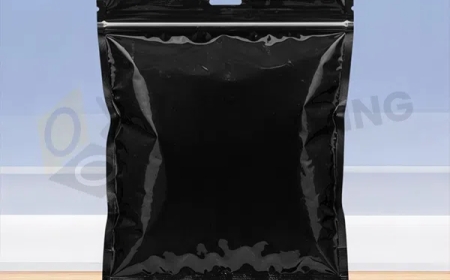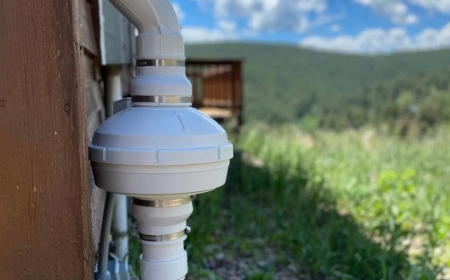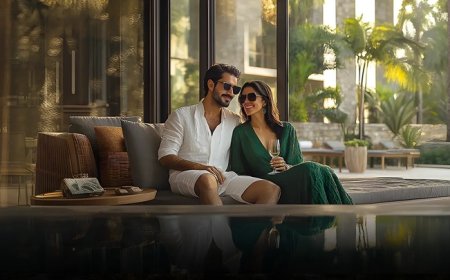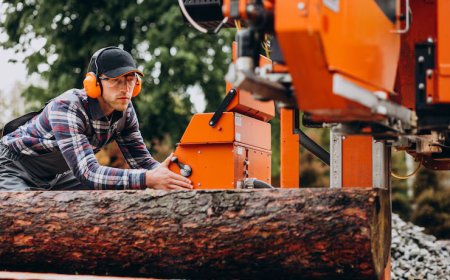Dhakai Jamdani vs. Other Sarees: What’s the Difference?
Explore the key differences between the original Dhakai Jamdani saree and traditional Indian sarees like Banarasi and Kanjeevaram. Learn what makes Jamdani unique in weave, style, and heritage.
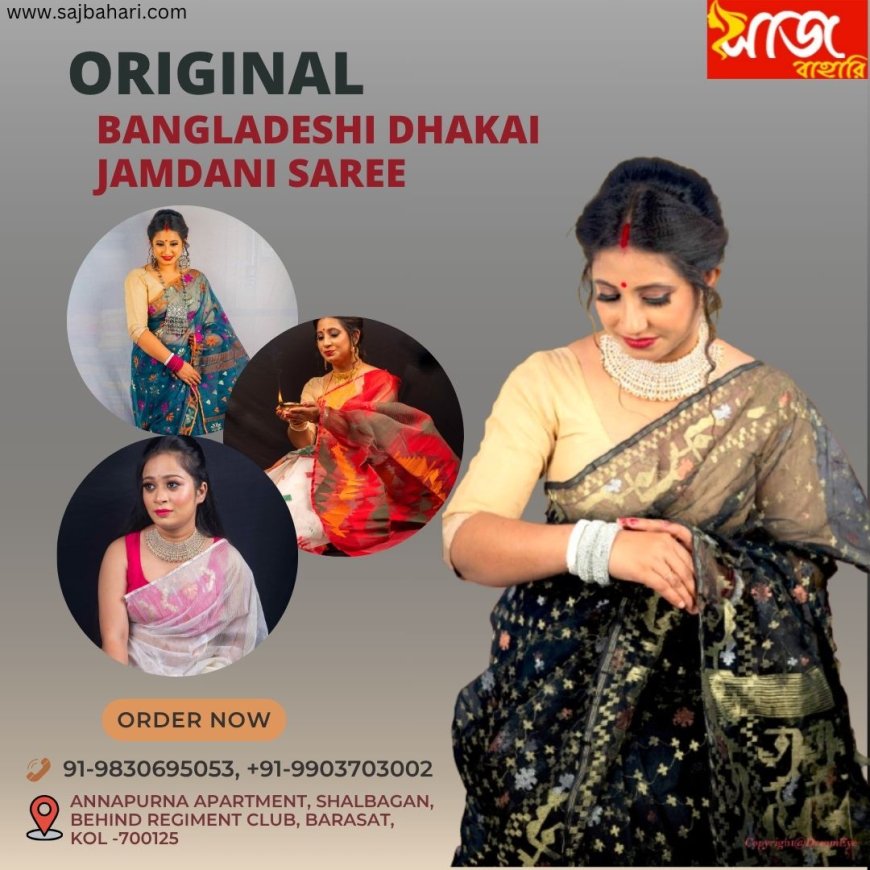
When it comes to traditional South Asian attire, sarees are timeless garments that symbolize culture, craftsmanship, and elegance. Among the many types of sarees, the Dhakai Jamdani saree holds a unique place, not only for its delicate beauty but also for its rich heritage rooted in Bangladesh. But how does it compare to other popular saree styles like Banarasi, Chanderi, or Kanjeevaram?
In this article, well explore the features that distinguish the Dhakai Jamdani from other sarees and why it's considered a masterpiece of textile artistry.
What Defines an Original Dhakai Jamdani Saree?
The original Dhakai Jamdani saree traces its origins back to Dhaka, the capital of Bangladesh, where the art of Jamdani weaving flourished under Mughal patronage. These sarees are entirely handwoven, using the time-consuming and intricate supplementary weft technique that creates complex motifs directly on the loom.
Key Characteristics:
-
Fabric: Traditionally made with fine cotton threads, offering a light and breathable feel.
-
Weaving Technique: Patterns are inserted manually, not printed or embroidered.
-
Motifs: Includes floral, geometric, and tribal designs, each representing cultural stories.
-
Time to Weave: A single saree can take weeks or even months to complete.
This meticulous process ensures that no two Jamdani sarees are exactly alike, making each piece a work of art.
Dhakai Jamdani Saree vs. Banarasi and Kanjivaram
While Dhakai Jamdani is known for its subtle charm, other sarees like Banarasi and Kanjivaram offer a more opulent appearance. Here's how they differ:
Banarasi Saree:
-
Originates from Varanasi, India.
-
Made from rich silk with gold and silver brocade (zari).
-
Known for heavy borders and floral or Mughal-inspired designs.
-
Ideal for weddings and grand occasions.
Kanjeevaram Saree:
-
Woven in Tamil Nadu with mulberry silk.
-
Known for contrast borders and temple-inspired motifs.
-
Heavier in weight and ideal for ceremonial use.
In contrast, the Dhakai Jamdani saree stands out for its sheer texture and comfort. Its perfect for hot climates and suitable for both daily wear and festive events, depending on the intricacy of the work.

Why Soft Dhakai Jamdani Sarees Are a Wardrobe Essential
The modern-day soft Dhakai Jamdani saree has evolved to meet changing preferences. While traditional Jamdani was known for its crisp texture, todays weavers have introduced softer versions using blended fabrics such as cotton-silk or muslin-silk, enhancing wearability.
Advantages of Soft Jamdani Sarees:
-
Comfortable to Drape: The lightweight nature makes it ideal for long wear.
-
Elegant Look: It flows beautifully and suits all body types.
-
Versatile Styling: Can be dressed up or down based on the occasion.
-
Daily to Designer: Available in simple patterns for everyday use and elaborate designs for functions.
Soft Jamdani sarees offer a balance between tradition and modern sensibility, making them a popular choice among younger generations.
The Cultural Significance of Bangladeshi Jamdani Sarees
The Bangladeshi Jamdani saree is more than just a garment its a symbol of heritage and national pride. UNESCO has recognized Jamdani weaving as an "Intangible Cultural Heritage of Humanity," highlighting its historical and artistic importance.
Jamdani weaving is primarily done in Narayanganj and Tangail, Bangladesh, where master weavers continue to use age-old methods passed down through generations.
What Makes It Special:
-
Handcrafted Excellence: Each saree is a result of skilled labor and passion.
-
Symbolic Motifs: Patterns like "kalka," "butidar," and "jhalar" have cultural meanings.
-
Eco-Friendly: Mostly woven using natural cotton and dyes.
Unlike machine-made sarees, these handwoven pieces connect the wearer to centuries of textile heritage, offering unmatched authenticity.
Why Choose a Dhakai Jamdani Over Other Sarees?
If you're torn between saree types, consider what the Dhakai Jamdani saree offers:
-
Lightweight and breathable for year-round wear.
-
Intricate artistry that reflects cultural legacy.
-
Perfect for both casual and special occasions.
-
More affordable than silk-heavy sarees while still being elegant.
While Banarasi and Kanjivaram sarees are excellent for weddings or high-profile events, Jamdani offers versatility and grace that fits modern lifestyle needs without compromising on tradition.
Final Thoughts
The Dhakai Jamdani saree continues to enchant saree lovers across generations. Unlike mass-produced sarees, each Jamdani reflects the hands and heart of the artisan. Its uniqueness, comfort, and cultural value set it apart from other saree types, making it a meaningful addition to any wardrobe.
If you're looking to buy authentic, handcrafted Jamdani sarees that blend elegance with heritage, Saj Bahari offers a curated collection of original Dhakai Jamdani sarees sourced directly from master weavers in Bangladesh.








